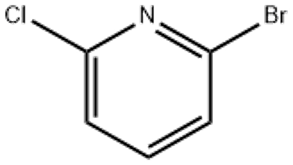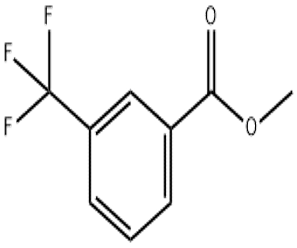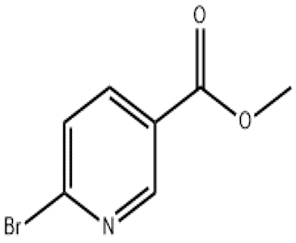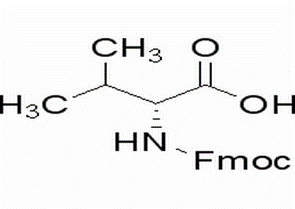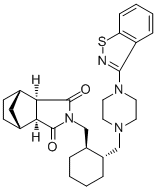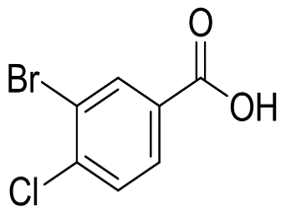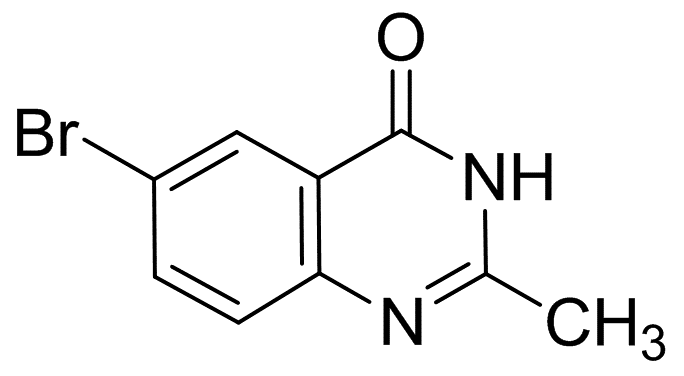2-BROMO-6-CHLOROPYRIDINE(CAS# 5140-72-7)
| Risk Codes | R22 – Harmful if swallowed R36/37/38 – Irritating to eyes, respiratory system and skin. R41 – Risk of serious damage to eyes |
| Safety Description | S26 – In case of contact with eyes, rinse immediately with plenty of water and seek medical advice. S36/37 – Wear suitable protective clothing and gloves. S36/37/39 – Wear suitable protective clothing, gloves and eye/face protection. S36/39 - |
| WGK Germany | 1 |
| Hazard Class | IRRITANT |
| Packing Group | III |
Introduction
2-Bromo-6-chloropyridine is an organic compound.
Quality:
2-Bromo-6-chloropyridine is a white crystalline solid with a bitter taste and a strong pungent odor. It is insoluble in water at room temperature, but soluble in organic solvents such as ethanol, ether and benzene. It has good thermal and chemical stability.
Use:
As an organic intermediate, 2-bromo-6-chloropyridine has a wide range of applications in chemical synthesis. In addition, it can be used as a catalyst, solvent and reagent, etc.
Method:
2-Bromo-6-chloropyridine is usually prepared by chemical synthesis methods. A common method is to react 2-chloro-6-bromopyridine with thionyl chloride or dimethyl sulfate and heat it under alkaline conditions to produce 2-bromo-6-chloropyridine.
Safety Information:
2-Bromo-6-chloropyridine is an organic compound that has certain toxicity to humans. During use, direct contact with the skin and eyes should be avoided to prevent inhalation or swallowing. Must operate in a well-ventilated area and wear appropriate personal protective equipment such as gloves, goggles, and protective clothing. In case of accidental exposure to this compound, rinse immediately with plenty of water and seek immediate medical attention. During storage and transportation, contact with open flames, heat sources and oxidants should be avoided to avoid fire and explosion hazards.


